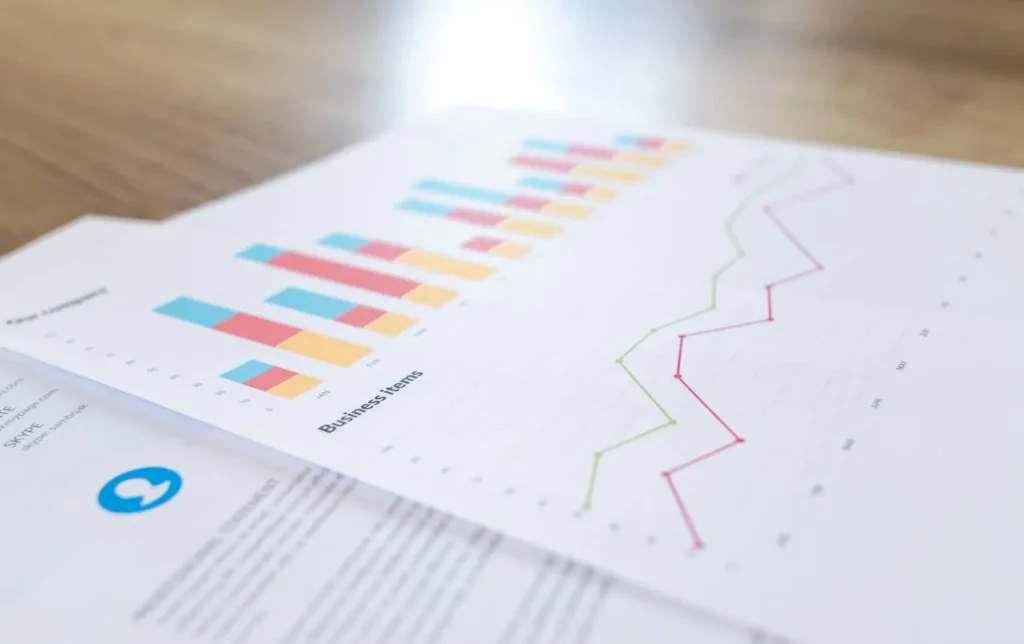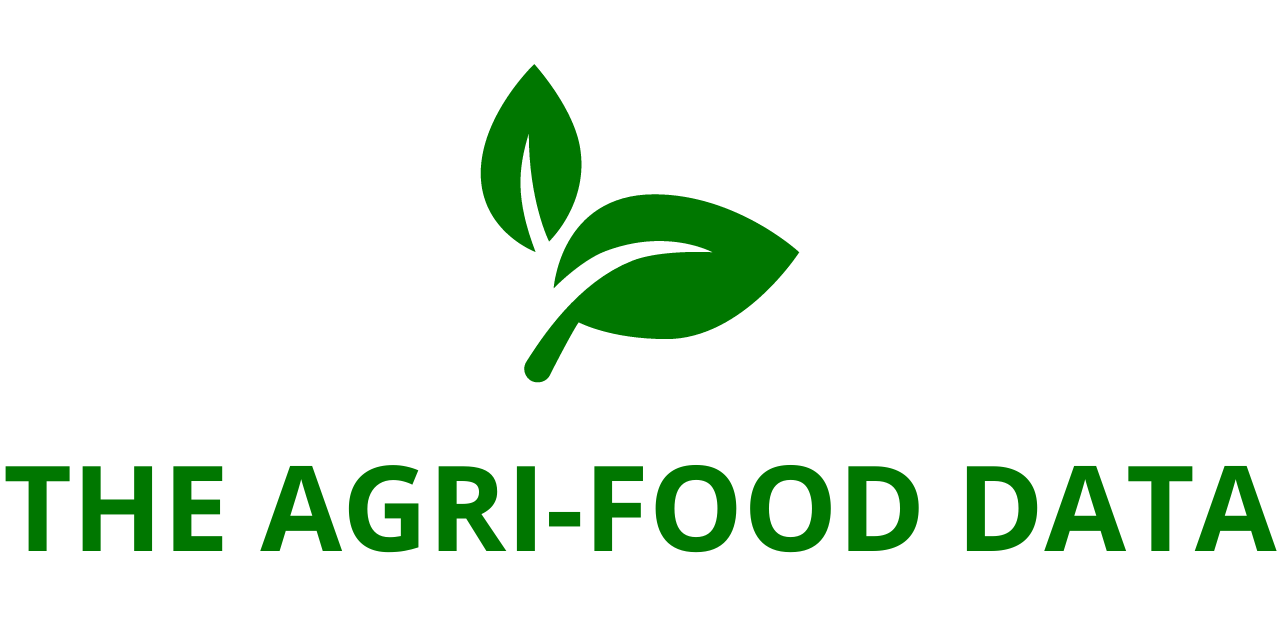
The biopesticides industry is on an impressive growth trajectory as demand for sustainable and environmentally responsible agricultural solutions intensifies worldwide. According to the newly released “Biopesticides Market Repor 92025 Edition): Analysis By Type (Bioinsecticide, Biofungicide, Bionematicide, and Others), By Crop Type, By Mode of Application: Market Insights and Forecast (2021-2031)” report available on ResearchAndMarkets.com, the global biopesticides market was valued at USD 7.98 billion in 2024. It is projected to reach USD 19.67 billion by 2031, expanding at a compound annual growth rate (CAGR) of 11.72% during the 2021–2024 period and expected to sustain this pace through the forecast period of 2025–2031.
A Paradigm Shift Towards Safer Pest Control
The growing adoption of biopesticides is underpinned by an increasing global awareness of the risks associated with chemical pesticides. Consumers and farmers alike are growing wary of the long-term effects of synthetic chemicals on human health, environmental ecosystems, and biodiversity. Traditional pesticides have been associated with soil degradation, groundwater contamination, food safety concerns, and the development of pest resistance. In response, biopesticides—derived from natural organisms such as bacteria, fungi, plants, and minerals—are emerging as a cleaner, safer, and more sustainable alternative.
Demand for Organic Food Fuels Market Growth
One of the most significant growth drivers for the biopesticides market is the escalating demand for organic food. Health-conscious consumers are increasingly choosing food produced without synthetic chemicals, prompting a rise in organic farming practices across the globe. Biopesticides are fundamental to organic agriculture, as they comply with organic certification standards and offer effective protection against pests and diseases without compromising ecological integrity.
Governments around the world are taking proactive steps to support this shift. Numerous countries are introducing regulatory reforms and incentive programs aimed at reducing chemical pesticide usage and promoting environmentally safe crop protection solutions. Subsidies, grants, and training programs are encouraging farmers to transition to biopesticides. In addition, regulatory agencies such as the U.S. Environmental Protection Agency (EPA) and the European Food Safety Authority (EFSA) are tightening restrictions on hazardous agrochemicals, creating a favorable policy environment for biopesticides to thrive.
Integrated Pest Management: A Natural Fit for Biopesticides
A notable trend reinforcing the adoption of biopesticides is the widespread implementation of Integrated Pest Management (IPM) strategies. IPM is a holistic approach that combines biological, cultural, mechanical, and chemical methods to manage pest populations with minimal environmental impact. Biopesticides play a vital role in IPM frameworks by offering natural, targeted solutions that reduce reliance on synthetic pesticides.
By integrating biopesticides into IPM, farmers can address critical challenges such as pesticide resistance and the protection of non-target organisms like pollinators and beneficial predators. This approach aligns with the broader goals of sustainable agriculture and ecosystem conservation. North America and Europe, where environmental sustainability is a strategic priority, have been early adopters of biopesticide-based IPM systems. However, other regions are rapidly catching up as they recognize the long-term economic and ecological benefits.
Technological Innovations Accelerate Market Expansion
Rapid advancements in biotechnology and life sciences are reshaping the biopesticides landscape. Researchers and agri-tech companies are leveraging tools like genetic engineering, microbial fermentation, synthetic biology, and nanotechnology to enhance the performance of biopesticidal products.
These innovations have led to the development of next-generation biopesticides with improved shelf life, stability, and pest specificity. Microbial formulations based on genetically modified bacteria and fungi, for instance, are engineered to deliver highly efficient pest control with minimal impact on the environment. These targeted products are particularly valuable in precision agriculture, where specificity and efficiency are key.
In addition, advancements in formulation technology are enabling biopesticides to perform reliably under a variety of climatic and soil conditions. Liquid concentrates, wettable powders, granules, and encapsulated formulations are enhancing the applicability and scalability of biopesticides for both smallholder and large-scale farms.

Environmental and Biodiversity Considerations
One of the defining characteristics of biopesticides is their ability to target specific pests without harming beneficial insects such as bees, butterflies, and natural predators. This specificity is not only crucial for effective pest management but also supports biodiversity and ecosystem health. As awareness of pollinator protection grows globally, biopesticides are being increasingly favored in both organic and conventional farming systems.
The development of selective biopesticides that avoid collateral damage to non-target organisms is considered a game-changer for modern agriculture. These products enable farmers to control pests without disturbing the ecological balance, making them indispensable in biodiversity-sensitive farming regions.
Market Outlook and Regional Dynamics
The global biopesticides market is poised for continued growth over the next decade, supported by favorable policies, technological innovation, and a global shift toward sustainable food production. While North America and Europe lead in terms of adoption and regulatory support, emerging markets in Asia Pacific, Latin America, and the Middle East & Africa are expected to experience rapid growth. Factors such as expanding agricultural sectors, increasing food demand, and growing awareness of sustainable farming methods will contribute to market expansion in these regions.
Comprehensive Market Scope and Segmentation
The report offers an in-depth analysis of the biopesticides market across multiple dimensions:
- By Type: The market is segmented into Bioinsecticides, Biofungicides, Bionematicides, and Others. Each segment is analyzed for its individual growth potential, technological advancements, and application in different crop types.
- By Crop Type: The report evaluates the demand for biopesticides across Fruits & Vegetables, Cereals & Grains, Oilseeds & Pulses, and other crops.
- By Mode of Application: Market segmentation includes Foliar Spray, Soil Treatment, Seed Treatment, and other methods, with comparative insights into their adoption trends and effectiveness.
- By Region: The report examines market dynamics across key geographies including the Americas, Europe, Asia Pacific, and the Middle East & Africa, with detailed insights for 10 major countries such as the United States, Canada, Brazil, France, Germany, Italy, Spain, China, Japan, and India.
Strategic Insights and Competitive Landscape
The report provides strategic insights through SWOT analysis, market attractiveness scoring, and competitive benchmarking. It evaluates emerging trends, key drivers, regulatory challenges, and investment opportunities. It also tracks recent developments, product launches, mergers and acquisitions, and strategic collaborations shaping the competitive landscape.






